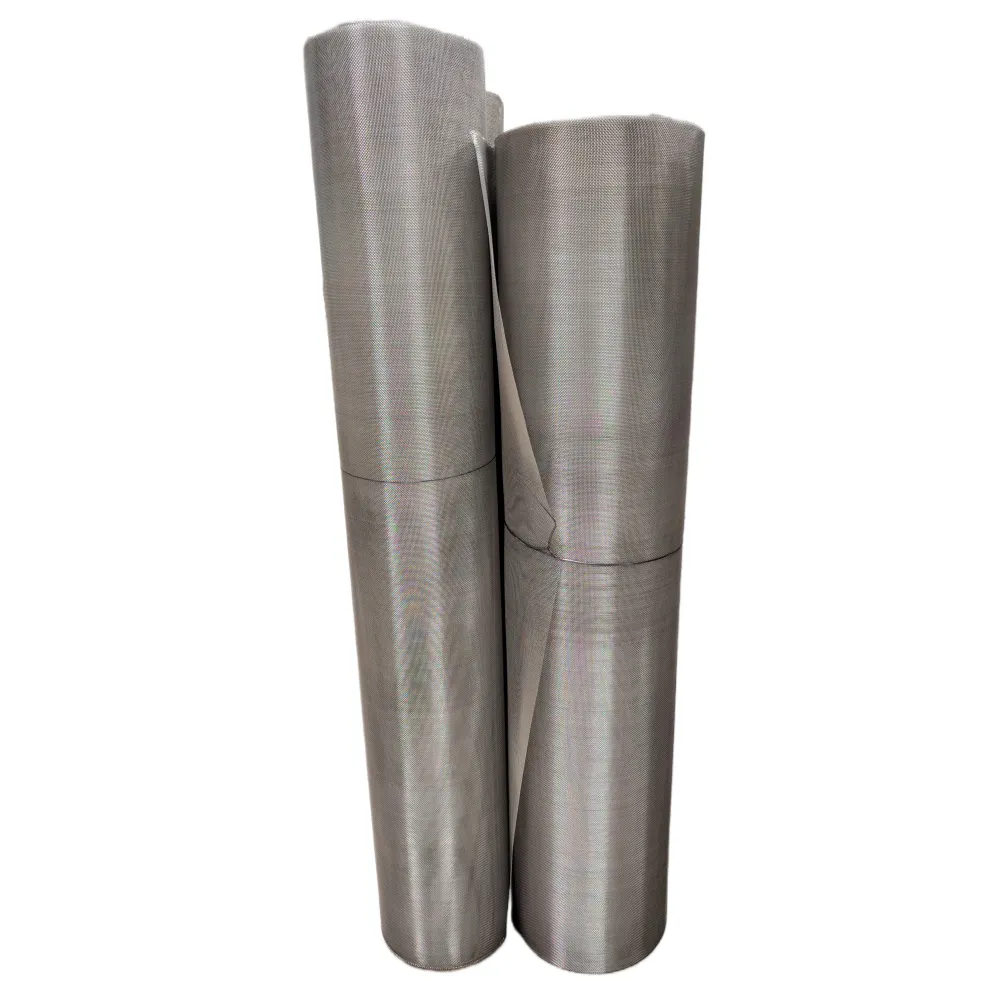Electrified Poultry Netting A Modern Solution for Poultry Management
In the ever-evolving world of agricultural practices, electrified poultry netting has emerged as a revolutionary solution for those engaged in poultry farming. This innovative approach not only enhances the management of poultry flocks but also addresses many common challenges faced by farmers, such as the protection of birds from predators, the control of movement, and the overall health and safety of the livestock.
What is Electrified Poultry Netting?
Electrified poultry netting consists of lightweight, portable fencing that is powered by a low-voltage electric current. This mesh system is designed specifically for poultry, offering a flexible barrier that can be easily moved and adapted to suit various farming needs. The netting usually features vertical strands of electrified wire that deter birds and other animals from crossing the barrier, while larger mesh openings allow poultry to forage freely within a controlled environment.
Benefits of Electrified Poultry Netting
1. Predator Protection One of the most significant advantages of electrified poultry netting is its ability to protect birds from common predators such as foxes, raccoons, and hawks. The electric shock delivered by the netting is not harmful but serves as a strong deterrent, effectively reducing poultry losses and giving farmers peace of mind.
2. Mobility and Flexibility Traditional fencing can be cumbersome and difficult to relocate, especially in free-range systems where moving the birds to new grazing areas is essential. Electrified poultry netting, on the other hand, is lightweight and easy to set up. Farmers can quickly create new enclosures, allowing for rotational grazing and better management of pasture resources.
electrified poultry netting
3. Cost-Effectiveness While the initial investment in electrified netting may be higher than traditional fencing, the long-term benefits far outweigh the costs. Its durability and the reduced need for constant maintenance make it a cost-effective choice for poultry farmers. Additionally, by minimizing predator-related losses, farmers can expect to see a return on their investment sooner rather than later.
4. Improved Animal Welfare The ability to control the movement of poultry while providing ample space for foraging promotes better health and well-being among the birds. Chickens, ducks, and other poultry thrive when they have the opportunity to engage in natural behaviors, leading to higher levels of productivity and food quality.
5. Ease of Installation Setting up electrified poultry netting is relatively straightforward, requiring minimal tools and labor. Farmers can often install the fencing themselves, reducing the need for professional help. Most systems come with user-friendly instructions, making it accessible even for those new to poultry management.
Best Practices for Use
To maximize the effectiveness of electrified poultry netting, it’s essential for farmers to follow best practices. Regularly inspecting the netting for damage, ensuring the electric current is functioning correctly, and training poultry to respect the boundaries are key to successful utilization. Additionally, farmers should be mindful of local regulations regarding electric fencing and ensure that the system is in compliance.
Conclusion
Electrified poultry netting is an innovative solution that meets the modern demands of poultry management. By providing protection from predators, facilitating mobility, and promoting animal welfare, it offers a multi-faceted approach to managing poultry flocks efficiently and cost-effectively. As more farmers recognize the benefits this technology brings, it is likely that electrified poultry netting will continue to gain popularity in the industry, reshaping the way poultry is raised for years to come.























